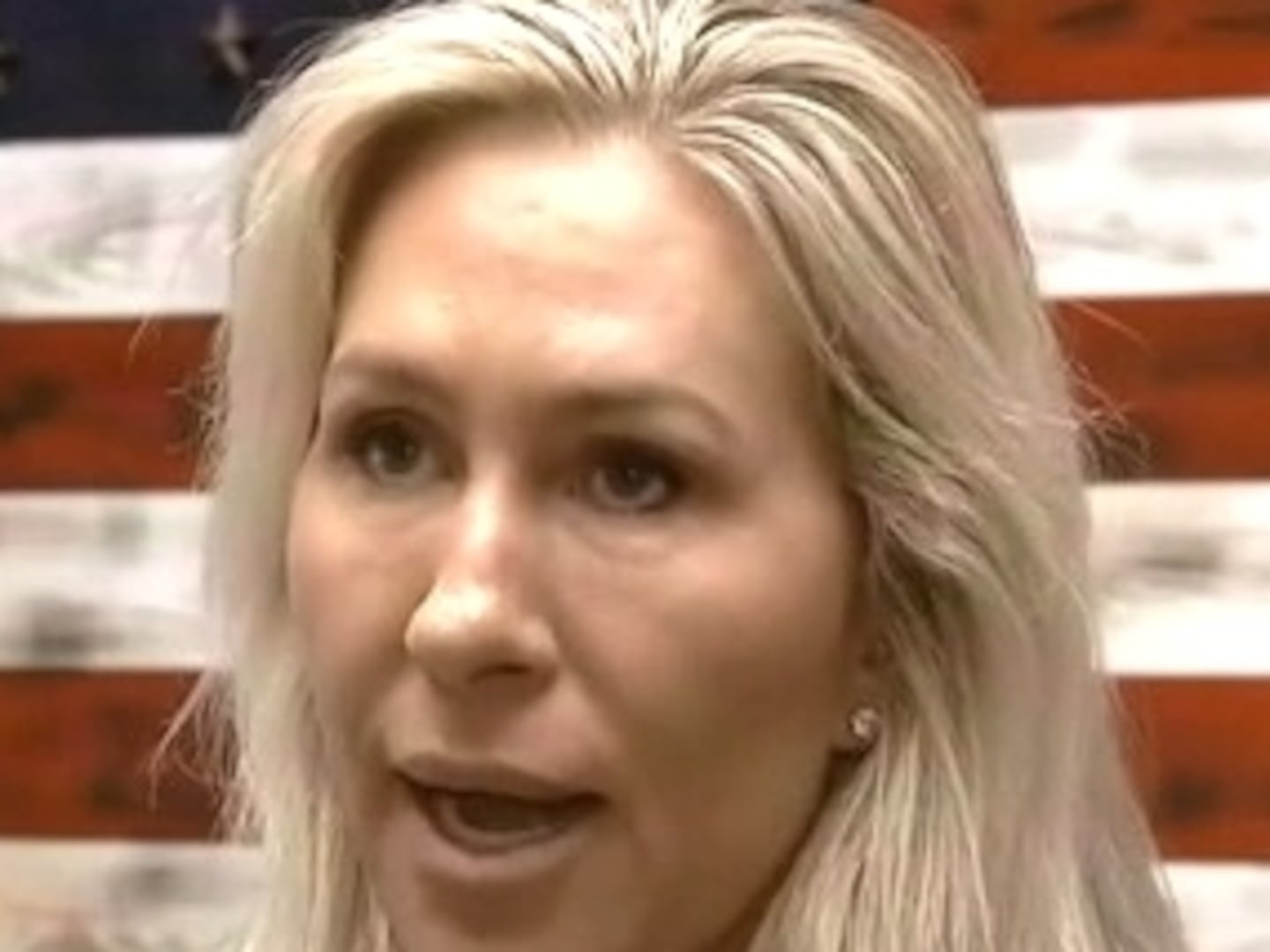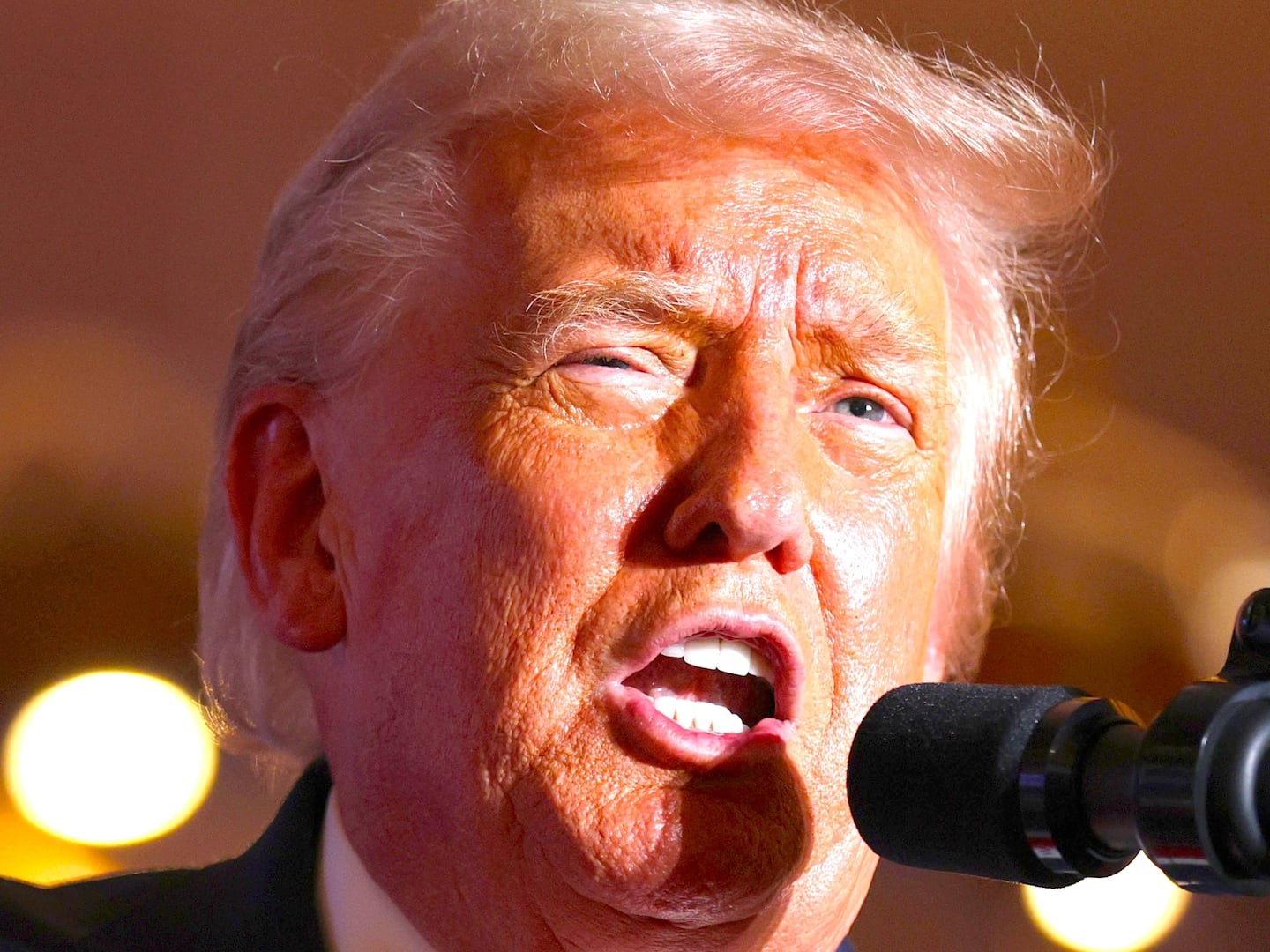So it turns out that, despite his ritual incantations that he is just one more barely-getting-by middle-class New Yorker who knows what it’s like to choose between rent, food, and a share in a Fire Island summer rental, Mayor Bill de Blasio is doing OK when it comes to making his monthly nut. In fact, he’s doing way better than OK: According to tax records his office allowed reporters to peek at recently, he and his wife pulled in $217,656 in income last year, plus another $65,000 in rent from their Brooklyn residence and a home owned by his late mother.
Sure, de Blasio is a pauper by the standards of his billionaire predecessor Mike Bloomberg, and even those of New Jersey Gov. Chris Christie, whose household pulled in a fat $800,000 last year (and yet the Garden State capo swears he is “not a wealthy man”!). But de Blasio’s income, which is almost five times the median for New York City, vaults him easily into the top 10 percent of New York households. To most of us, he’s a rich son of a bitch.
There’s absolutely nothing wrong with that, of course, but it’s important for at least two reasons. One is the simple joy of seeing progressive politicians who spend so much time vilifying the wealthy have to cop being part of the 10 percent or, in the case of characters such as Hillary Clinton and Elizabeth Warren, the dread 1 percent.
The other reason is more important, because it says a lot about de Blasio’s poor grasp of how to grow a flourishing, inclusive economy that actually makes things easier for the poor and middle class about whom he’s always flapping his gums.
De Blasio is what might be called the “working rich.” That is, even though he’s pulling in beacoup bucks—before becoming mayor, he made a healthy $165,000 as the city’s “public advocate”— he doubtless feels pinched, even to the extent that he only could only spare a measly $7,215 for charity last year (this, despite the massive, year-over-year salary increase and the windfall of getting free public housing at Gracie Mansion).
Yet for de Blasio, New York City’s massive and inefficient government apparatus is delivering for him and his, which helps to explain why his entire political agenda is about growing the size, scope, and spending of government rather than freeing businesses and individuals from it. What he doesn’t grok is that his experience of how city government delivers services and opportunities is atypical and can’t be remedied by top-down mandates that simply decree hikes in the minimum wage, increases in the number of “affordable” housing units, and boosts in salaries for teachers in traditional public schools.
Consider de Blasio’s personal experiences with public education. His kids, whom he featured prominently in his campaign ads, had ready access to some of the city’s rare, high-performing public schools. His daughter Chiara, now attending Santa Clara University in California, graduated from the Beacon School, a well-regarded alternative high school that, with just 1,100 students, is tiny by New York standards. His son Dante goes to the competitive Brooklyn Tech, which requires an entrance exam to get in, and is currently eyeing hoidy-toidy private colleges such as Wesleyan.
In having access to exclusive public institutions, the younger de Blasios are following in their father’s footsteps. As a kid growing up in Cambridge, Massachusetts, de Blasio attended Cambridge Rindge and Latin School, one of the very oldest and most storied public-education institutions in the country.
For people with connections—and Bill de Blasio is the apotheosis of Connected Man—the traditional public school system can work swell, even in a city like New York, where people beg, borrow, or move to Jersey to get their kids into preferred institutions. Yet Mayor de Blasio has been very vocal about his animosity to expanding school choice and giving parents and kids more options when it comes to education. The mayor should be pushing to make all K-12 institutions schools of choice, just like the ones his kids attended. Instead, you get what amounts to a defense of a status quo that is failing hundreds of thousands of children (PDF) despite continual increases in spending.
When it comes to expanding wages and housing opportunities, you see the same blind faith in government action. Last year, de Blasio unilaterally increased the “living wage” that’s paid by “commercial tenants at projects that receive more than $1 million in City subsidy.” The jump was from $11.90 per hour to $13.13 per hour, with plans for a further bump to $15.22 by 2019.
“We are raising the floor for working families struggling to get by,” crowed de Blasio at the signing ceremony. “With this order, thousands of breadwinners working at projects that will be supported by taxpayers will earn higher wages and be more likely to receive the kind of benefits critical to supporting a family.”
Exactly how making projects more expensive for everyone from contractors to customers to taxpayers will help increase opportunities isn’t any more clear than the mayor’s call for a “voluntary” increase in the minimum wage for all workers in the city.
This sort of action belies what can only be called “magical thinking” when it comes to wages. It’s axiomatic in economics that, other things being equal, increasing the cost of something (say, labor) will reduce the demand for it by some amount. When it comes to mandating “living wages” that are above what the market is already paying the people who stay employed surely do better. The folks who get booted to cut costs or never get hired in the first place—typically younger people with limited skills who are building their resumes—not so much.
Recent research looking at employment changes in 27 states between 2006 and 2012 found that minimum wage hikes had reduced the number of low-skilled employees in the work force by 6 percentage points. The state of New York already boasts one of the most-punishing business climates in the country. If de Blasio wanted to unleash greater waves of economic vitality in the Big Apple, the first place to start is lifting an endlessly proliferating series of grand and petty regulations and restrictions on businesses and prospective employers.
The same magical thinking is at work in de Blasio’s much-ballyhooed “affordable housing plan” that seeks to build or preserve 200,000 sub-market-rate dwellings over the next decade New York City currently has about 3.5 million units (PDF), so even if it goes off without a hitch, the plan doesn’t exactly promise anything like salvation. It is based on forcing builders to allocate around 20 percent of all new housing construction to “affordable units,” which, whatever the intention, simply acts as a tax on development and drives up overall prices.
On top of that, New York City has many ineffective “inclusionary zoning” rules dating back to 1988 and various rent-stabilization laws, all of which tamp down growth and supply in housing. De Blasio’s own Brooklyn is the least affordable housing market in the country and no City Hall diktat will change that. For well over a century, people have always paid a premium to live in the Big Apple and absent a total economic collapse, the rent (and mortgage payments) in New York will always be too damn high. But the absolute best way to reduce or moderate costs is to jack up supply by allowing more units to be built at whatever price points the market supports. The increase in available units quickly filters through the entire housing market, changing the cost structure from top to bottom.
But when it comes to housing, business development, wages, and education, Bill de Blasio is in no way interested in trying anything actually new. Why should he be? Through no fault of his own, New York is thriving for well-off people as never before, a global destination for the richest of the rich and the hippest of the hip.. Virtually his entire mayoralty is staked on doubling down on the same sorts of policies that have only made New York City less affordable and open to middle- and lower-class residents.
To change course, he would have to not simply rethink his entire worldview but acknowledge that his relationship to the governmental power structure is wholly at odds with the typcial New Yorker’s. The quickest and best solutions to what ails the city are precisely those that take power from City Hall and give it back to the folks actually struggling to make ends meet and build viable businesses.
That seems like a helluva lot mental work for a guy making north of $200,000 on the public dime and who is reportedly channeling the outsized ambition of John “Fun City” Lindsay and gearing up for a possible presidential run against Hillary Clinton. As he flits about country talking up how making K-12 education, business, and housing more expensive is the path to a better future, the only thing he needs to avoid is the basic reality of his own hometown.





